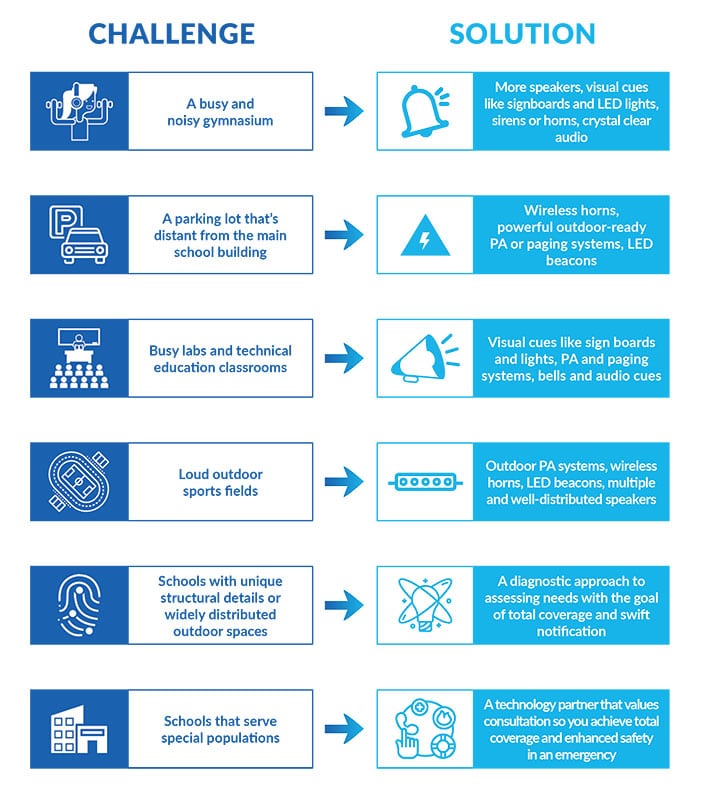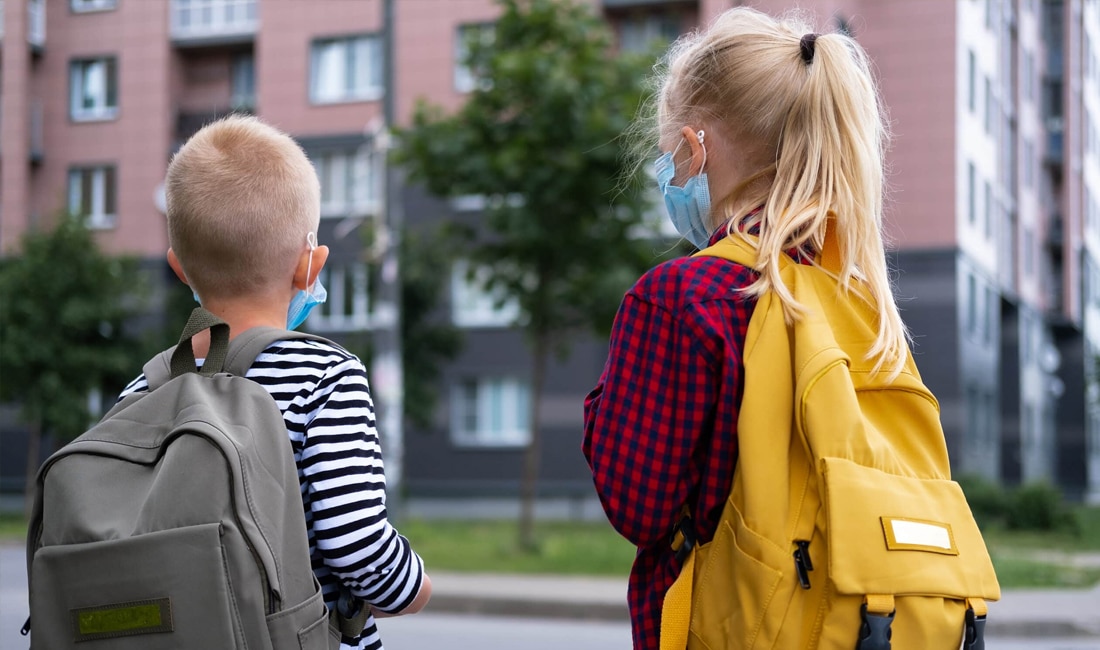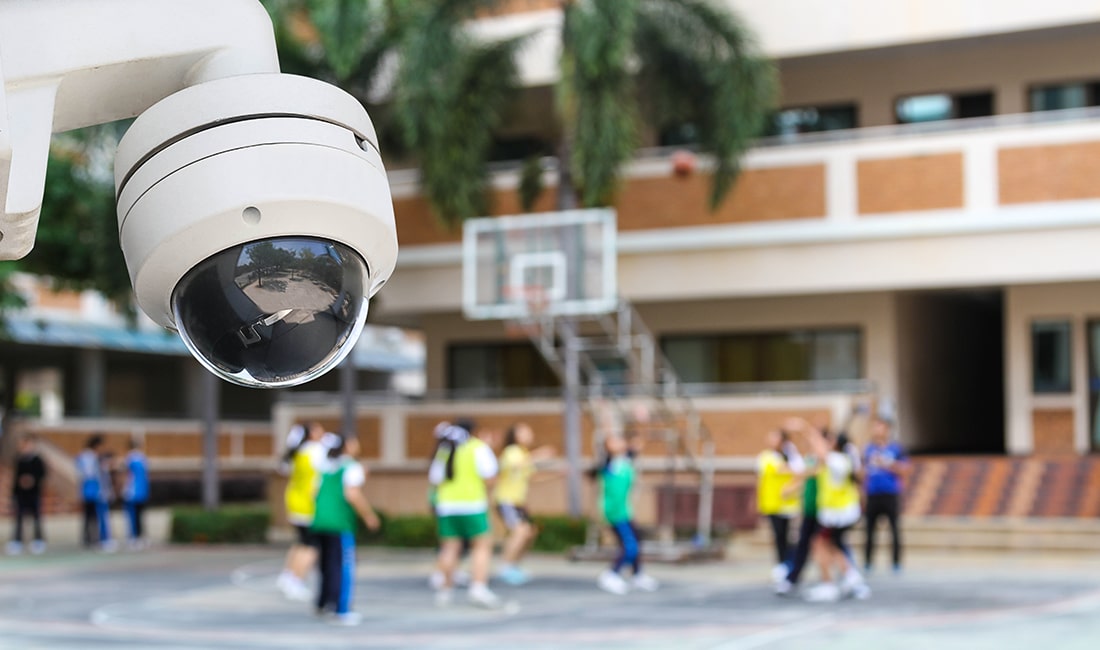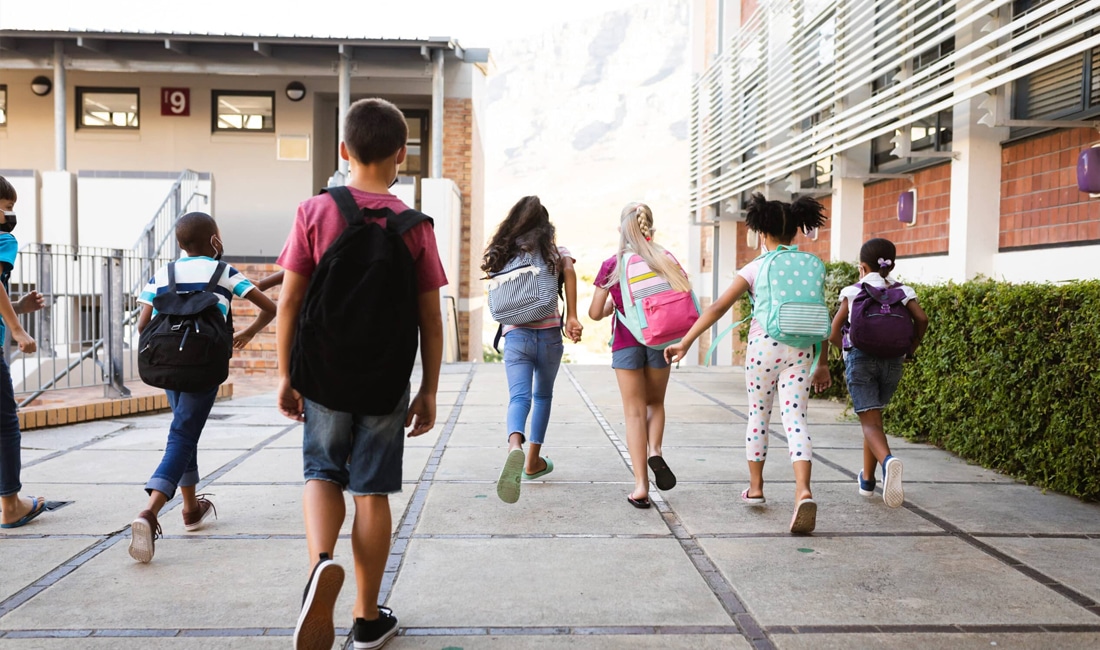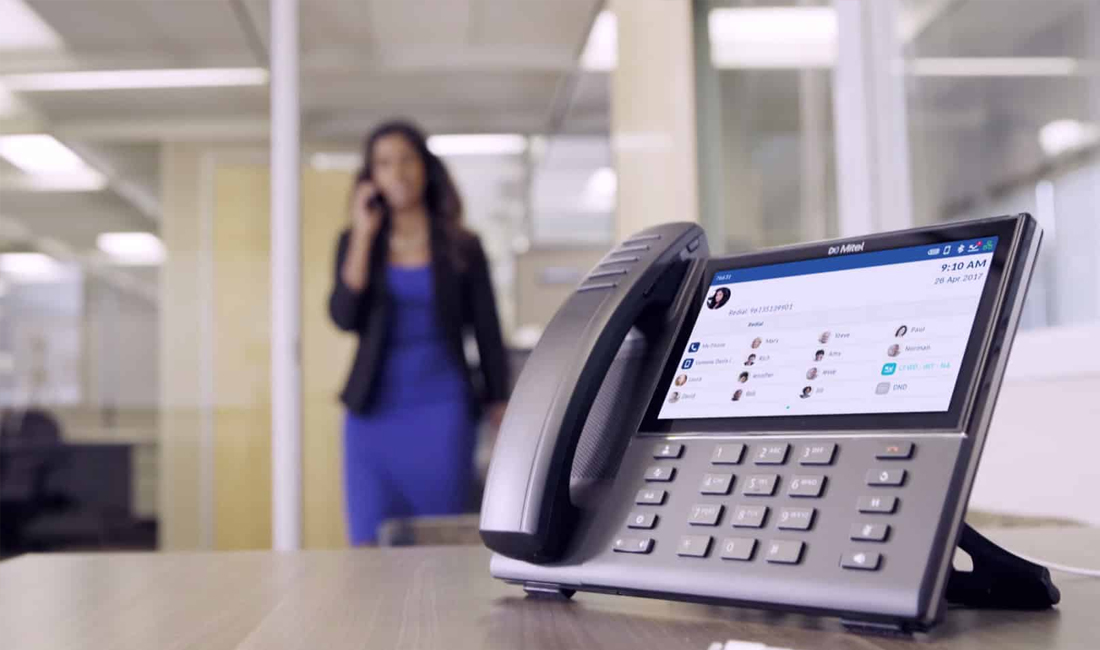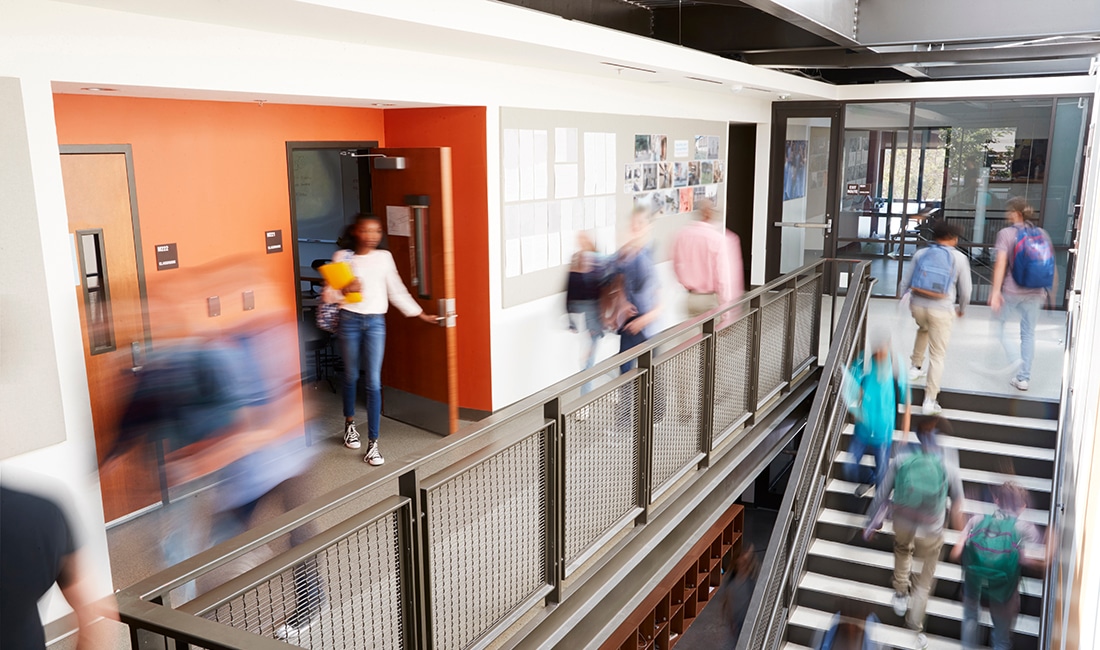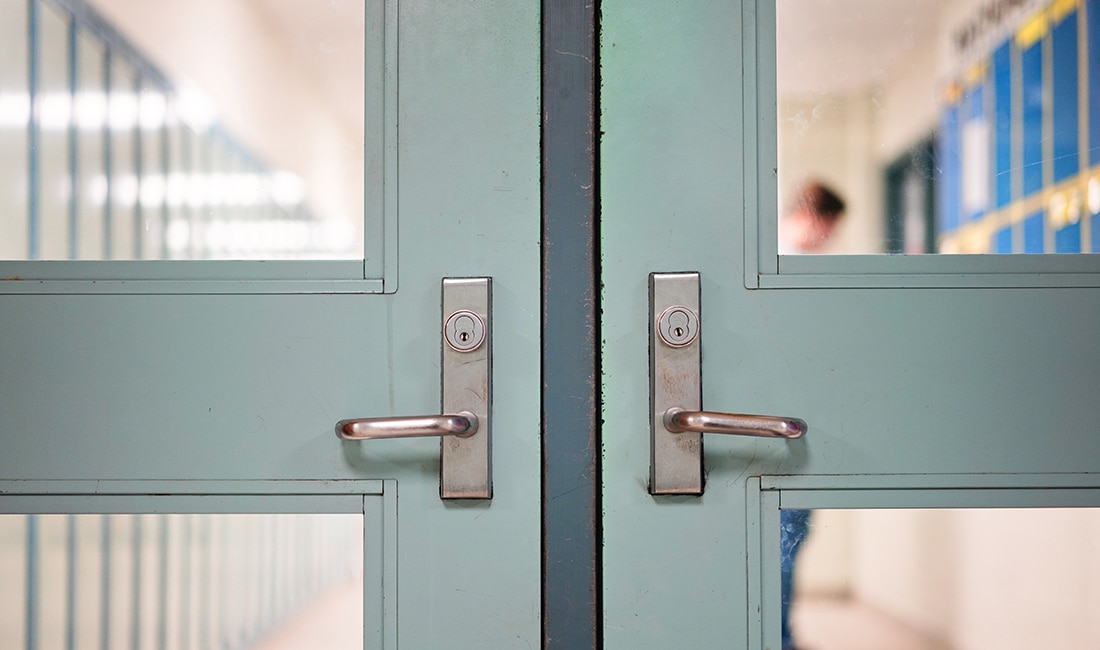The Benefits of Enhancing Your District’s Comprehensive School Safety Ecosystem with Video Surveillance and Access Control
A truly tragic and unfortunate truth is that the number of school shootings across the country continues to rise. Now, more than ever, it is incredibly important to consider ways to ensure greater security of our school district buildings and grounds, including video surveillance and access control systems.
At Eastern DataComm, our proprietary Lockdown and Emergency Notification System, LENS + OPTICS, integrates with a myriad of safety and physical security technologies. Video surveillance and access control are two additional technological systems that, when used in unison with LENS + OPTICS, schools are able to ensure swift notification and response to emergencies like active shooter threats.
Video surveillance solutions provide a holistic view of what goes on within your buildings and grounds. They offer a way to monitor employees, create records of daily activities, and protect against potential threats. Access control systems allow administrators to require credentials of those who wish to access your buildings, or areas within them, while offering insight on a multitude of types of activities, including if there has been a potential threat or breach. When you integrate your video surveillance system with your access control system, the result is a more robust safety and physical security solution. Comprehensive solutions enhance your school safety ecosystem in a multitude of ways.
While the exact benefits you enjoy as a result of this approach to school safety will be unique to your specific school or district community, there are a few ‘pros’ that are most common. These two systems work in concert to ensure oversight, mitigate potential risks, and help you gain an ongoing practical understanding of potential areas of vulnerability.
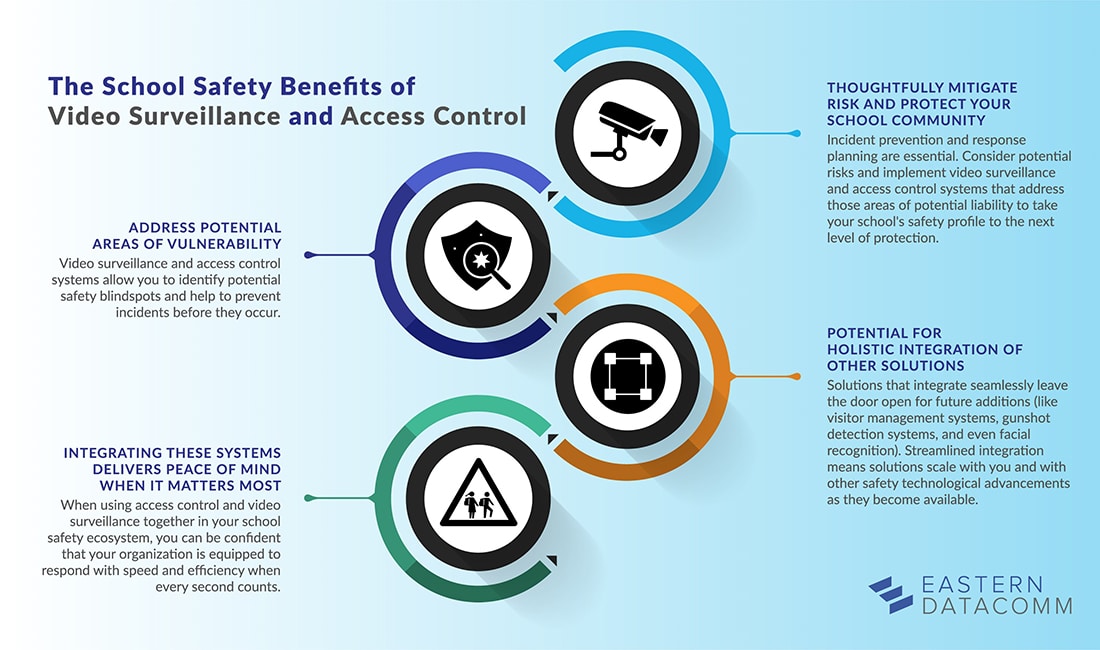
In this month’s blog article, we’re exploring these benefits in greater detail.
Planning Your Integration of Video Surveillance and Access Control Helps to Identify and Address Potential Areas of Vulnerability
Here’s something that may surprise you: The benefits of implementing video surveillance and access control systems in your school community begin before you ever install a single component.
In fact, when you work with an experienced school safety and communication technology team like those at Eastern DataComm, you’ll experience a diagnostic and consultative process that allows you to identify your security strengths and potential areas of vulnerability. From common blindspots for video surveillance systems to areas where doors are usually left propped open throughout the day to ensuring total safety and security technology coverage, our team has the experience and expertise to empower you to make choices that best safeguard your community. The result is a comprehensive view of what’s truly needed to provide the highest level of effectiveness when it comes to your video surveillance and access control systems, working in unison with your communications and emergency notifications technologies.
When you create a partnership with a trusted team who best understands how multiple systems must work together, you can streamline key steps in your process by working with a singular point of contact. This makes everything, from planning to implementation to maintenance, far easier and more cost effective over the long term.
Mitigating Risk and Ensuring Greater Physical Security for Your Campus Buildings and Grounds
Another important reason to consider access control and video surveillance solutions for your school or district is the benefit of potential risk mitigation.
Of course, considerations regarding liability in the event of an incident are also a priority item that technological resources can help to address. Having physical security and cybersecurity measures in place that do more than simply ‘check a box’ not only answer those liability questions, but can even further reduce the opportunity for an emergency event to result in damage or loss of life.
To augment your ability to view, assess, and respond to potential threats, you may opt to include additional technological safeguards that integrate well with access control and video surveillance systems. Those who seek even more protective measures often decide that a visitor management system, facial recognition, or gunshot detection technologies are the right fit for their school community to further reduce potential risks and threats.
But, when it comes to creating greater physical security in your district and reducing or eliminating risks, the implementation of both access control and video surveillance technologies takes your school safety profile to the next level of protection.
Integrating These Systems Delivers Peace of Mind When It Matters Most
Finally, when you use access control and video surveillance in your school safety ecosystem, you have more than one method in place to ensure the physical security of your school community. You can rest assured knowing that you’re doing all you can to swiftly respond to emergencies like active shooter situations, and even prevent the potential for tragedies from occurring on your campus.
With systems that give you the best means of notification and response when every second counts, you empower law enforcement and first responders to be as prepared as possible to address and neutralize an identified threat. You’ll know that you’ve done all you could to protect those in your buildings and on your grounds.
And the value of that peace of mind simply cannot be overstated.
Combining Solutions for a Holistic Approach to School Safety: LENS + OPTICS
In addition to integrating your video surveillance and access control systems, our LENS + OPTICS solution incorporates your PA system, LED sign boards, beacons, pre-recorded announcements, text and related alerts, and automatic calls to police and first responders. The system’s integration with access control systems and video surveillance solutions assists law enforcement professionals as they define the location of the threat in question and quickly limit entry and exit in specific locations. The result is the initiation of a lockdown, evacuation, or shelter-in place at the push of a button. Leveraging integrated technology systems to issue that rapid response limits potential for human error by automating vital parts of the process along the way – an invaluable asset when presented with an emergency event.
Stay Connected and Protected with Eastern DataComm
To explore what it would mean to enhance your school safety ecosystem with Eastern DataComm, contact us at [email protected] for a Complimentary School Safety Consultation!
We’re here to help you find the right solutions for your school or district!


